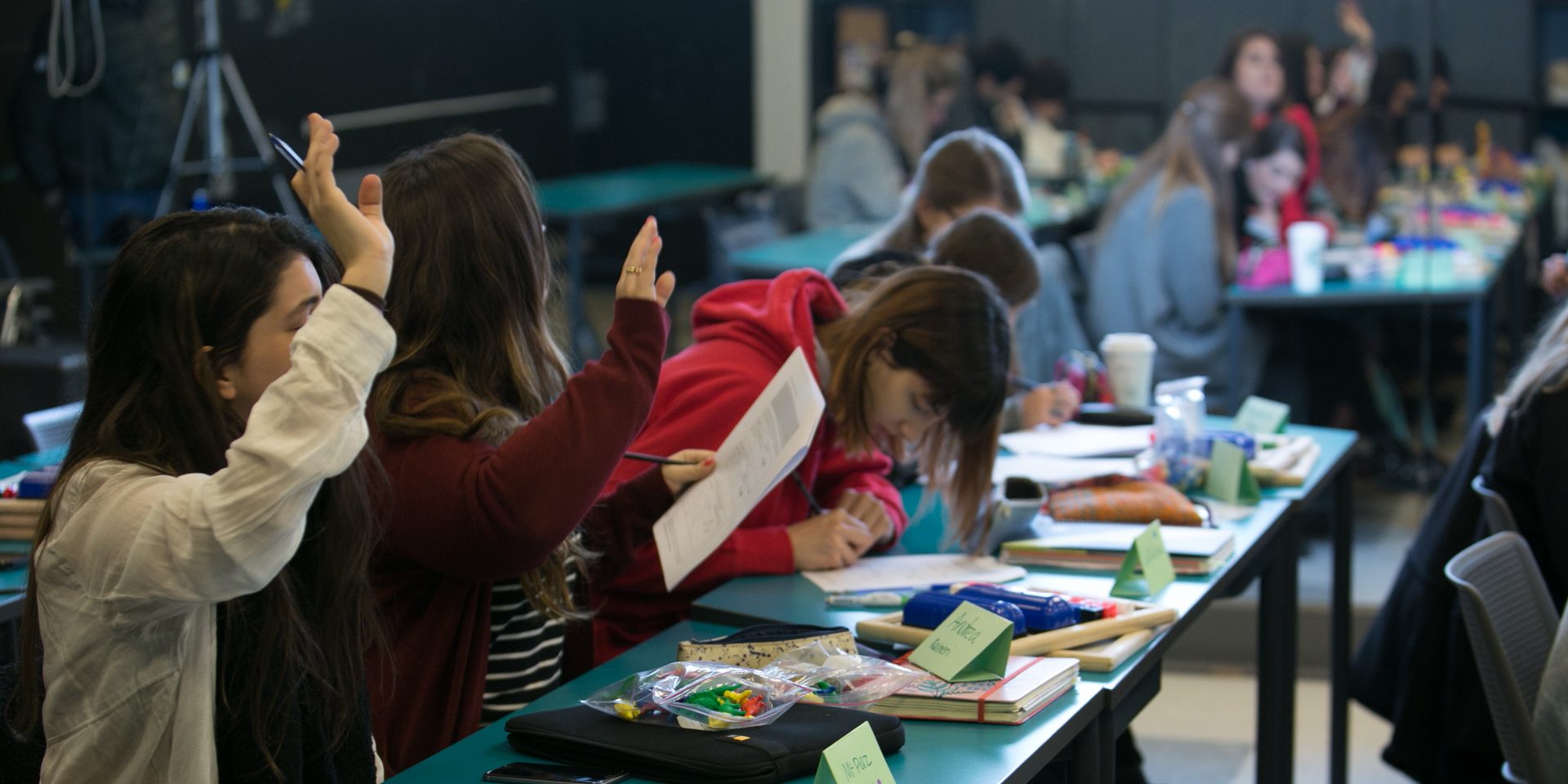
Boyles, N. (2016). Educational Leadership, October 2016, pp. 46 – 50.
Good teachers resist the idea of “teaching to the test.” But aligning literacy instruction with assessment isn’t teaching to the test if that assessment is a valid measure of our students’ performance. If the test is rigorous—if it demands deep levels of knowledge—then alignment means asking ourselves, “How can we plan for this rigor in our instruction?” There’s plenty of rigor in today’s standards-based literacy assessments to challenge both our students and ourselves. It hasn’t always been this way; an analysis of state assessments by Yuan and Le (2012) found that, in both reading and writing, nearly 80 percent of test items assessed students’ ability to recall details and apply skills instead of asking them to analyze, critique, or extend their thinking. But the situation is changing. Since 2011, 45 states have revised their standards and raised the levels at which students are considered “proficient” on the state assessments (Peterson, Barrows, & Gift, 2016). That means more rigor and deeper levels of knowledge. It also means more stress for teachers and students.